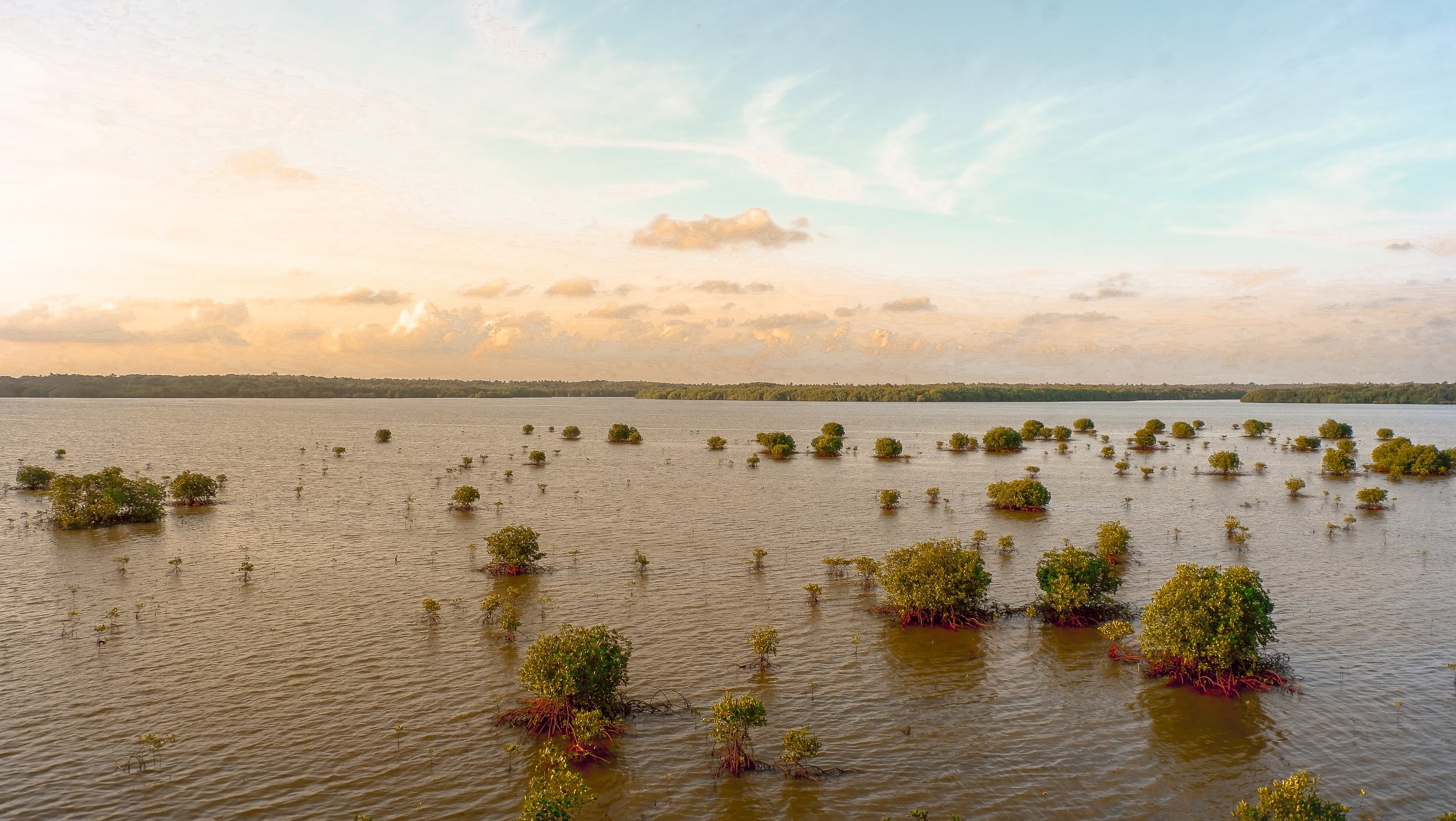
oceans aware: inform, inspire, involve
the more you know about the ocean the more you can do to protect and restore it
sea-level rise
Sea levels rise as additional water from melting ice sheets and glaciers flows into the ocean and as water expands as it warms with the rising temperature of the ocean. Global sea levels have fluctuated by hundreds of metres over the past 100 million years but never at the speed recorded in the last 100 years, in which they have risen by about 20 cm. The rate has doubled in the last 20 years and is increasing every year, we are currently at a rate of about 3.4 mm a year with an estimated increase in sea level of 1.1 metres by the end of the century. Scientists are, however, beginning to question the IPCC’s recent projections, thinking that they could actually lie far below reality.
See NASA's latest sea level measurements
Even 3.4 mm a year may sound negligible but current predictions put those who live on land less than 5 metres above the high tide line, about 770 million people, at risk. Almost two-thirds of the world's cities with over five million inhabitants are situated in coastal areas. With every additional cm the risk for those cities increases. It is estimated that a sea level rise of just 50 cm could displace 1.2 million people from low-lying islands in the Indian and Pacific Oceans and the Caribbean Sea, that number almost doubles if the sea level rises by 2 metres. 70 countries will be directly affected by sea level rise, the others indirectly impacted.
Sea level rise brings with it:
displacement;
coastal erosion;
storm floods;
tidal water encroachment into estuaries and river systems; and
contamination of freshwater reserves and food crops.
Scientists are even beginning to question conservative projections made in recent years by the IPCC, where an estimated increase in sea level of 1.1 metres by the end of the century could lie far below reality.
dive in deeper

Rachman Reilli/Unsplash
